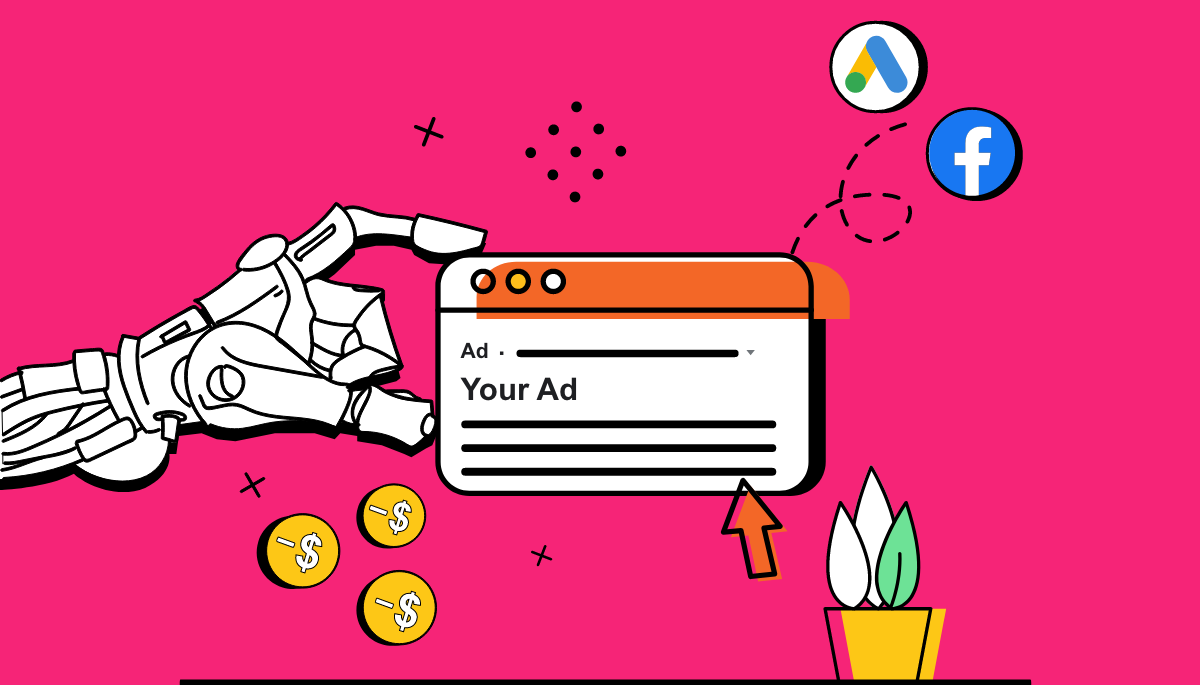Introduction
In today’s world, the internet has become the primary medium for companies to advertise themselves to the potential target market. Unfortunately, due to the vast reach of advertising, these ads are the target of several scams and frauds, thus reducing the engagement of the ad with real people. This occurs because of bots that are programmed to click on an ad or a link and visit the advertiser’s website, tricking it to perceive that the visitor is an authentic user. This phenomenon is called fraud clicking, and there are three pieces of information an individual or organization should know so that they can combat it.
Why is click fraud done?
The main reason click fraud is committed is to reap financial rewards from the advertisements by using programmed bots and creating fake clicks to affect the advertiser’s PPC (pay-per-click) for the worse. It is also often utilized by competing companies who wish to reduce the authentic engagement of the other by using artificial views and likes to lower the possibility of the ad interacting with the target audience.
Fraud clicking can also be used for malicious reasons where bots can be made to consistently generate likes or views for a certain piece of media, making it increase the views and statistics. It is also a huge part of the dark net where certain products or media are promoted repeatedly using but so that they can increase their popularity and optimize it in the search engine.
Difference between click bots and click farm
Bots are often used because of how easily they can generate a mass number of clicks and increase traffic on the website. They are integrated with detailed programming that allows them to imitate realistic patterns, as if they were done by a human, to improve reliability. Their algorithms ensure that the bots are not recognized as artificial.
Click farms, on the other hand, are carried out by humans themselves, who are paid relatively cheap wages to continuously click on certain websites, links or ads so that there is a dramatic increase in the views. Since the activities are conducted by a human, it tends to be more realistic but is less time-efficient as a bot can handle multiple tasks at the same time with the help of several IP addresses.
Why is fraud clicking bad for companies?
- Financial loss – As a result of continuously clicking by bots, a company may lose a significant amount of money they could have otherwise earned from real engagement with their target audience.
- Skewed data about the market – Advertisements are based on analyzing information about the target market and then accordingly. Since the clicks are performed by bots, the statistics for but not provide an authentic analysis of the market base of the company.
Conclusion
These are some of the relevant pieces of information that any user or organization should be aware of so that they can ensure a better experience on the internet. Advertising companies can further engage in preventive measures to improve ad revenue and reach by dealing with fraud clicking.

